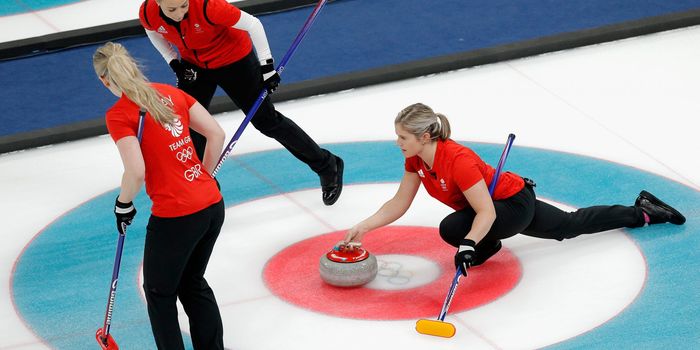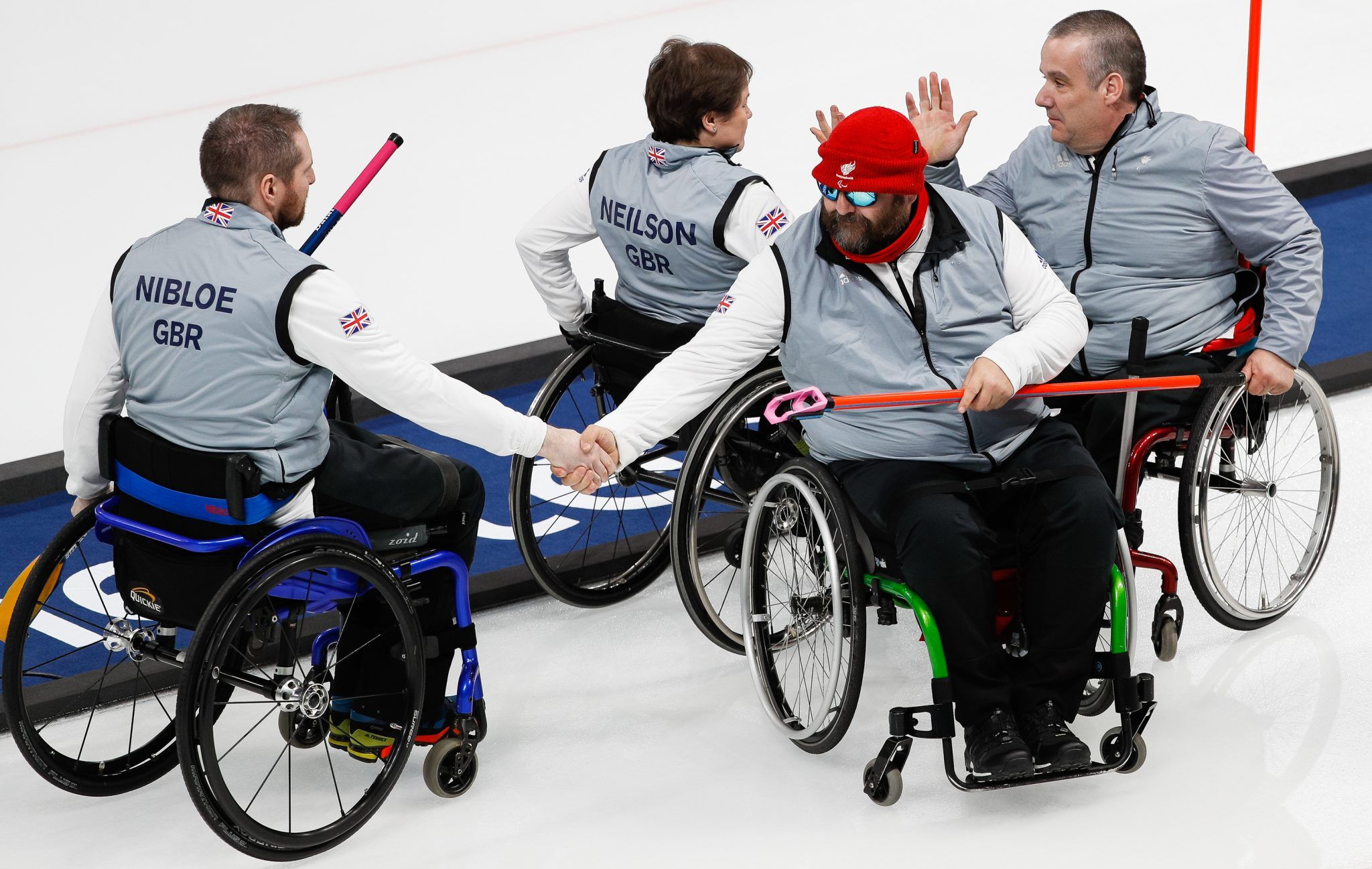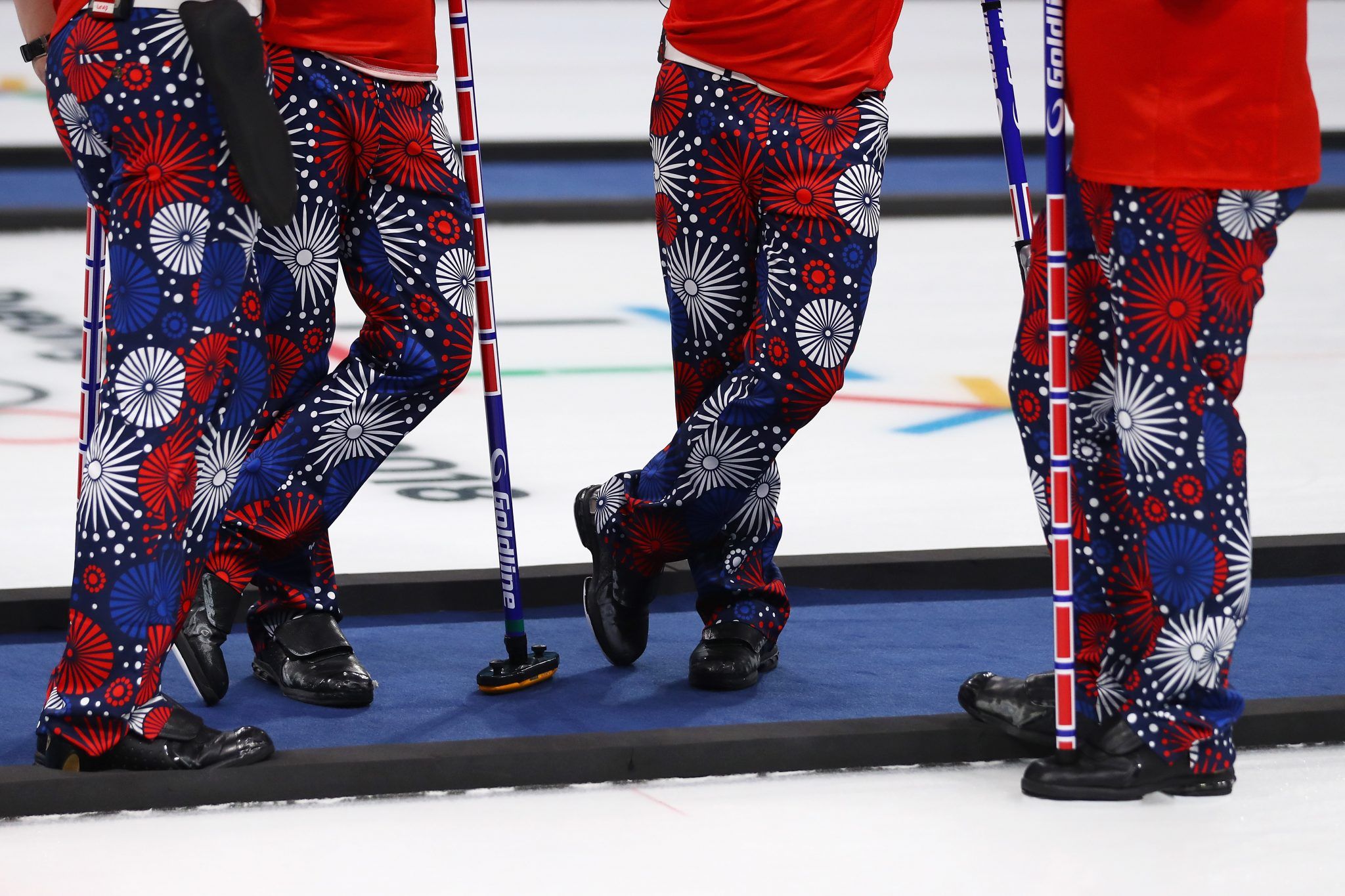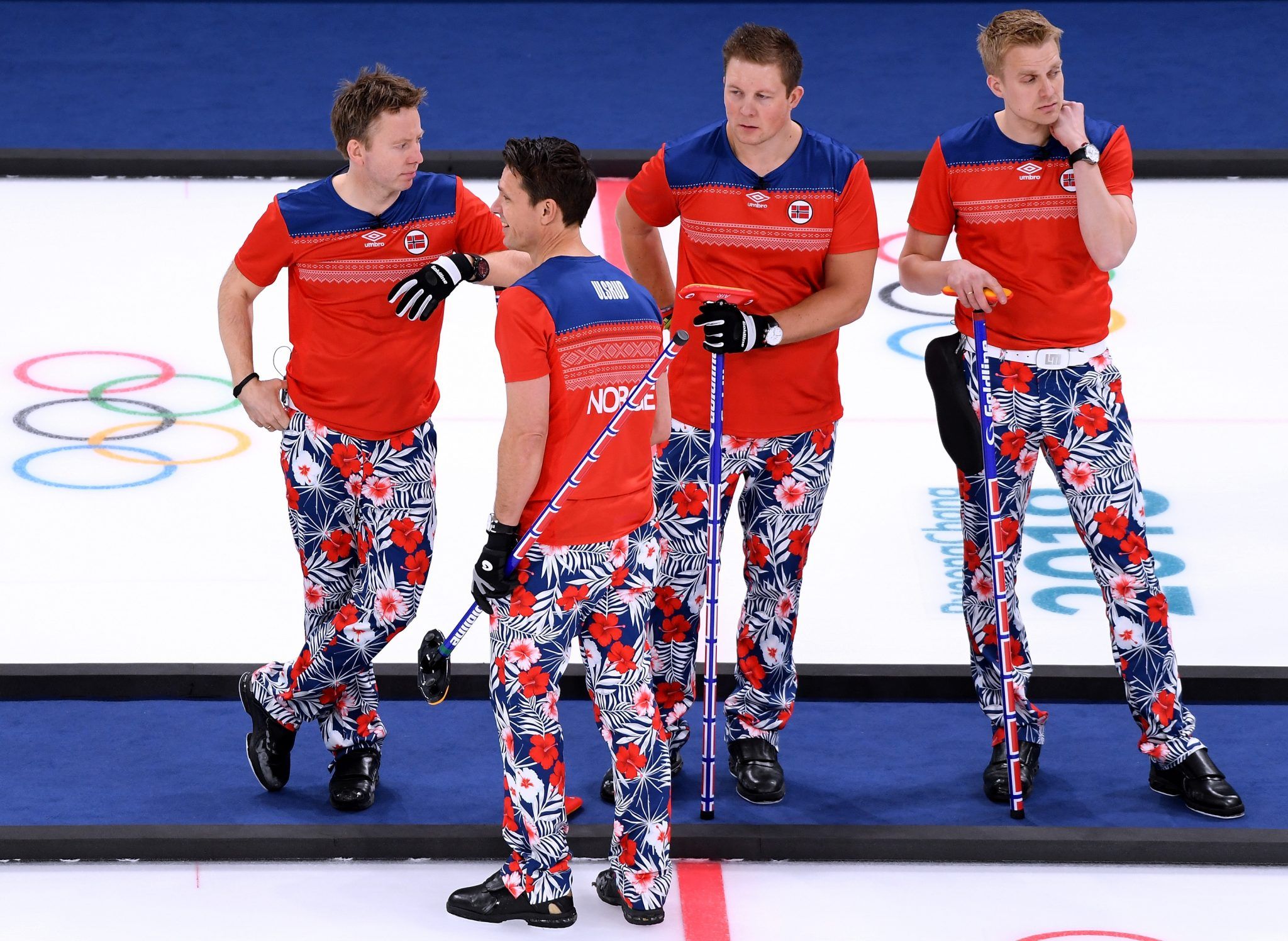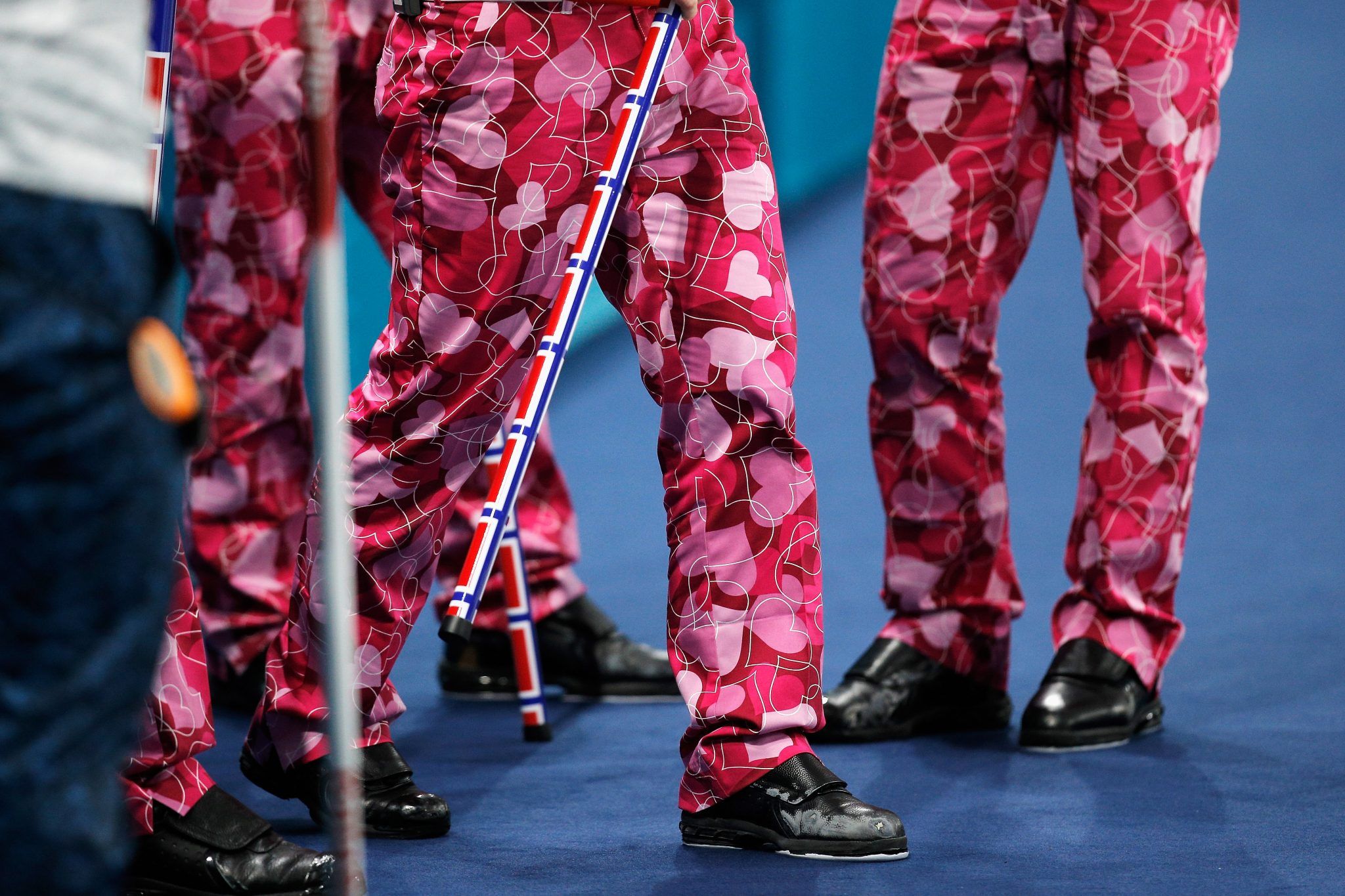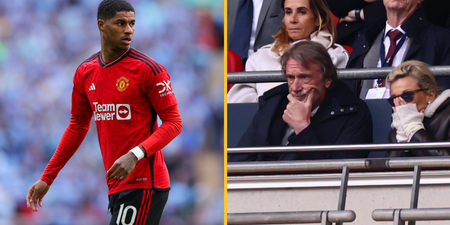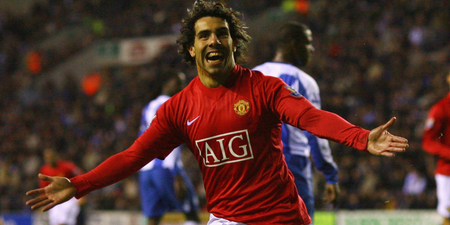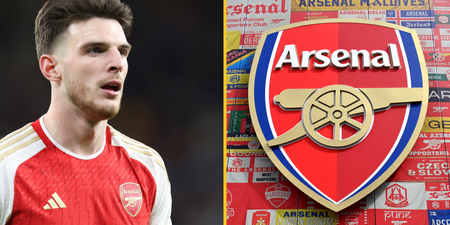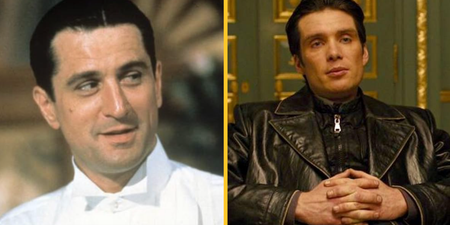Every four years, it grows in popularity – so why does the internet go crazy for curling?
What is curling?
In layman’s terms, the World Curling Federation defines curling as a “team sport, played on ice, where two teams take it in turns to slide stones made of granite towards a target – known as a House.”
For a game of curling, two teams – each with four players – has eight stones, with each player throwing twice. The aim is to accumulate the highest score for a game, with points given for the stones that land closest to the centre of the house at the conclusion of each ‘end’.
The way the rock moves while on the ice can be influenced by two sweepers with brushes, who follow the stone as it slides down the sheet and sweep the ice in front of it.
Curling at the Winter Olympics
Curling was part of the first ever Winter Olympic Games in 1924 which took place in Chamonix, France. However, the results from curling were not considered official by the International Olympic Committee until 2006.
It was also a ‘demonstration sport’ at the 1932 Games, as well as at the 1988 and 1992 Games following a lengthy absence. A demonstration sport is a sport played with the purpose of promoting it, rather than having people compete for medals.
At the 1998 Nagano Games, curling was finally added to the official programme – and the sport has gone from strength to strength in the time since, rising in popularity every year.
Despite growing interest, an additional event – mixed doubles – was rejected for the 2010 Games as the Olympic Programme Commission did not think the sport had developed enough since its inclusion. But it was later approved for the 2018 Winter Olympics in Pyeongchang.
Who has dominated curling at the Games?
Canada’s men’s team won gold in 2006, 2010, and 2014, as well as securing silver in 1998 and 2002. The women’s team have also excelled since the sport was added to the programme, winning gold in 1998 and 2014, as well as a silver medal in 2010 and a bronze in 2002 and 2006. At the last Games, Canada’s mixed doubles team also won gold.
Sweden have recorded three gold medals, three silver medals and two bronze medals – with Great Britain just behind having won gold twice, as well as a silver and bronze medal.
Team GB’s first gold came at the 1924 Winter Olympics, when the sport was not included in the Olympic programme. The other gold came at the 2002 Winter Olympics in Utah.
Why does the internet love curling?
In the lead up to the start of curling at the 2018 Winter Olympics, the Google search volume saw a steady increase – as well as a few dips in engagement.
A couple of weeks before the tournament began, interest spiked on January 28. While there isn’t necessarily a specific explanation for why this occurred, it could be presumed that promotion and information around the Games was beginning to increase.
The Google search volume saw an increase in the days prior to the tournament, which is to be expected, considering it’s the only time most people watch and engage with the sport.
During the period in which curling took place at the 2018 Winter Olympics (between February 8 and 25 2018) – and nearly a week after it had finished – it is clear to see that there was a significant spike in the Google search volume.
Incidentally, the interest, in terms of Google searches, saw a slow increase over the competition – with a relatively low amount of engagement at the start of the event before it notably increased. From February 8 to February 13, the mixed doubles took place and from February 14 to February 25, it was the men’s and women’s tournaments.
It was on the day of the final – Sunday February 25 – when curling was at its highest in terms of search volume. In the men’s competition, the gold medal was won by USA (John Shuster, Tyler George, Matt Hamilton, John Landsteiner and Joe Polo) and in the women’s, the gold was won by Sweden (Anna Hasselborg, Sara McManus, Agnes Knochenhauer, Sofia Mabergs and Jennie Wåhlin).
However, the days that followed the finals saw a telling decrease in search volume. While this shouldn’t come as a surprise, considering curling isn’t as easily accessible when the Games are finished, it does prove that for around three weeks after four years, the internet goes mad for curling.
Why curling should be your new favourite sport
The athletes are incredible, but also extremely normal-looking
While it would be completely incorrect and unfair to say that curling athletes, particularly at the very top level, aren’t at the peak of physical fitness, the reality is that while the sport does demand a certain level of physical fitness, you don’t have to be The Rock.
To some extent, and this is meant with the an incredible amount of respect, some of the players look like you parents, your auntie and uncle, or maybe even your grandparents.
Granted, this could be said for many sports. However, there’s just something about curling having a ‘family’ feel to it – like you could turn up with your brother and sister and just give it a go. You couldn’t, obviously, but it seems that way.
Let’s just take a look at some of Team GB’s curling team for the Beijing 2022 Winter Olympic Games: Bruce Mouat, Grant Hardie, Bobby Lammie, Hammy McMillan and Ross Whyte.
Again, it needs to be stressed that these people are elite athletes who have spent countless hours perfecting their craft. However, and we mean this as a compliment, they look like people you would meet at your local Wetherspoons.
That should be a reason why you learn to love curling. Often we look at elite athletes – footballers for example – and think they are untouchable, with their carefully groomed hair and impeccable physiques. But it adds an element of charm to a sport to watch the best of the best compete when they look like you.
One of the reasons why some people put off starting a new sport, or even watching it for that matter, is because they can’t relate to the people at the top very level. Curling is a sport that requires a ridiculous amount of skill, dedication and talent, but it is also a sport that people can be taught, practice and compete at – even at the most amateur of levels.
Even if you don’t see become a professional curler which, admittedly, is very unlikely for the vast majority of people, you can enjoy the event at the 2022 Winter Olympics knowing that many of the athletes look like your mum or dad. Every cloud, and all that.
The sport requires team work and camaraderie
As with many sports, team work is essential to be successful in curling. It involves a great deal of camaraderie between four people, and that’s without even mentioning the teams that they compete against.
In between throws, athletes have a brief chance to discuss strategy – and this, even while the team aren’t throwing, is arguably the most important part of a match. It could be the difference between winning and losing, gold and silver.
Therefore, the importance of having a good relationship with your teammates is vital to success, as is trusting their judgement when, maybe, you don’t actually agree with the suggestion.
Curling is unlike many other sports in the sense that one individual can’t single-handedly win a game. You can’t just pass the ball to the best player and hope that they can run past six players and calmly finish past a goalkeeper; it requires input from everyone on the team.
That is why so many people already love curling, the gripping nature of athletes working together to achieve their collective goal – there is something special about the need to rely on others.
It is also widely regarded – albeit maybe not in the Olympics – that the winning team is to buy the losing team a drink. So, even if you don’t win, at least your opponents will (probably) buy you a drink.
